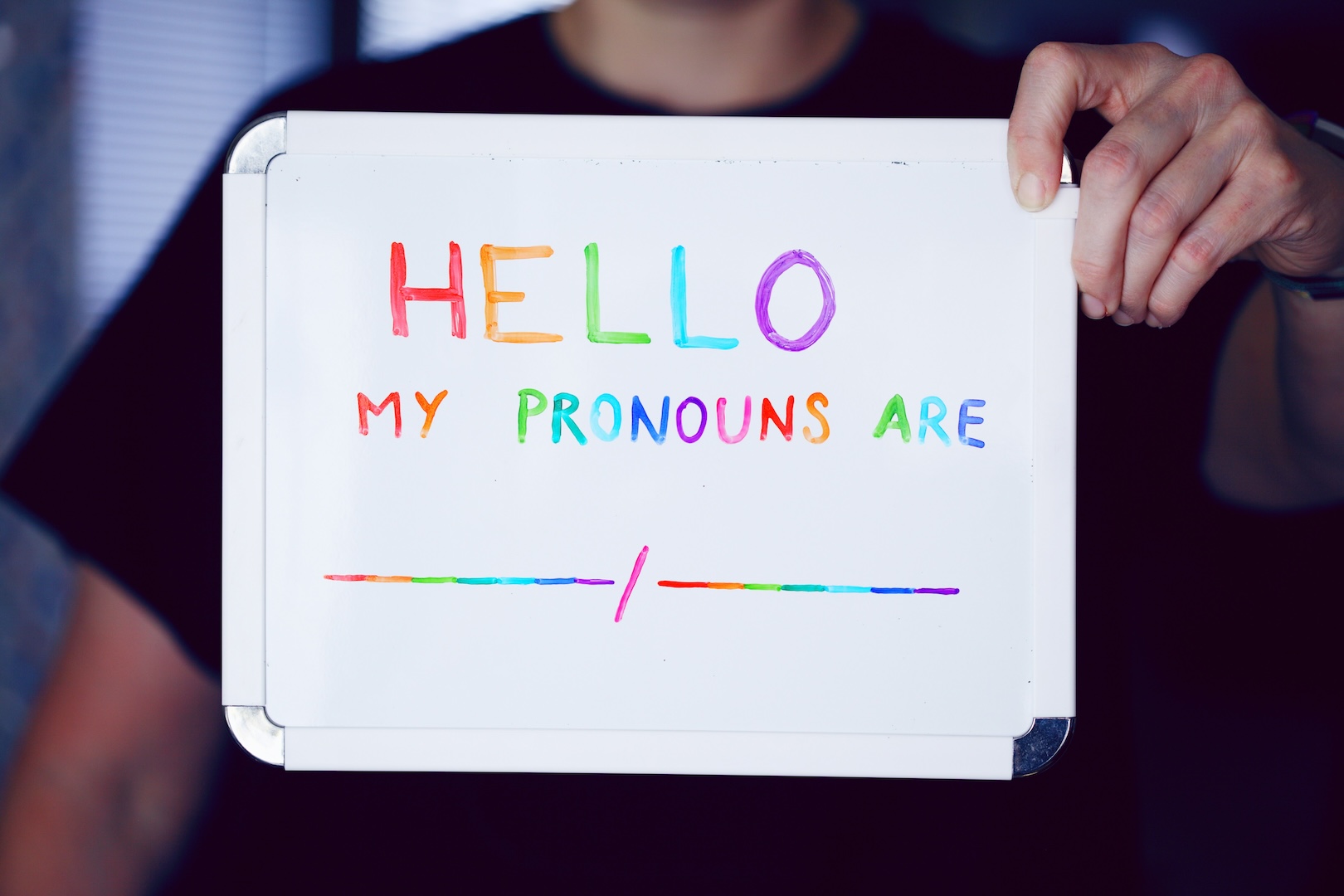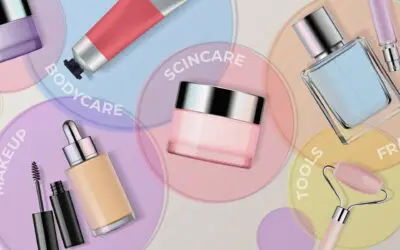In today’s climate of divisive identity politics, it’s widely recognised that brands must prioritise inclusive representation. However, when it comes to non-binary gender, many brands are unsure about whether it’s beneficial for them to actively support and represent this identity. They are wary of being accused of tokenism or wokeness if they do decide to take a stance.
Non-binary gender refers to individuals who identify outside of traditional male and female gender identities. This identity can be expressed through explicit choices like using gender-neutral pronouns (e.g. they/them) or other pronouns besides she/her and he/him. It can also be seen in more subtle cues such as clothing preferences, body language, vocal tone and speech patterns, which are often used to make assumptions about a person’s gender identity.
Given the small number of people identifying as non-binary in the UK as well as globally, the commercial value of representing all genders may seem irrelevant. However, considering the increasing visibility and growth of this consumer segment, there are four significant reasons for brands to prioritise inclusivity and consider non-binary gender in their product development and communications:
Advocacy in action
In reaction to years of brands making unsubstantiated ethical claims to garner more business, consumers have grown wary of any form of inclusivity tokenism, such as rainbow-washing at Mardi Gras or race-washing during Black History Month.
Brands that can meaningfully include non-binary consumers through specific, clear practices (ideally, with evidence of efficacy backing it) will stand to rise above the risk of inclusion-washing claims, become known as a real advocate and stand to gain from improved consumer brand trust. This could look like healthcare going beyond offering general claims of inclusion to specifically marketing a product line as appropriate for all bodies and genders – just like how powerhouse period brand August markets its period care products as ‘For everyone who menstruates’.
Future-proofing
It’s not yet a hygiene factor for brands to have a position on non-binary gender, either explicitly in their internal strategy or implicitly through their consumer-facing offerings. However, as more diverse gender identification looks set to continue growing over the next decade, there will be increasing pressure to have a clear stance – for instance, in-store experiences may need to re-think the classic ‘Women’s section’ and ‘Men’s section’ layout.
Savvy first movers who step forward today to become non-binary advocates will tomorrow reap the long-term benefits of high consumer trust and be known for forward-facing brand values.
Emergent commercial value from spill-over audience
Aligning a brand to such a small segment may not feel profitable at first glance; however, a brand that includes non-binary people is also a brand that appeals to broad Western Gen Z audiences. Zoomers are known to investigate and make purchasing decisions based off the ethics of brands, and more generally want to be part of a zeitgeist that aligns with their values. By positioning a brand to be non-binary friendly, it will inadvertently reap the benefits of a Gen Z positioning too. Brands like Encré and Lucy and Yak are examples of this in action.
Value creation
Finally, non-binary people are a new audience for brands – and therefore a new market to sell to. Besides making non-binary people feel more seen and welcome in existing offerings, brands can consider developing bespoke products for this new audience and thus generate a new value prospect for themselves. There has already been a gentle nod to this in the fragrance category, with a spike in demand for and production of gender-neutral scents – such as Harry Styles’ brand Pleasing selling TikTok viral genderless fragrance alongside similarly genderless nail polish.
Case studies
Powerful brands are already making moves and addressing non-binary audiences.
In Apple’s recent Hello Yellow marketing campaign for the yellow colourway drop of the iPhone 14, billboards feature illustrations of people holding the new yellow iPhone. What’s interesting is that the people holding the iPhones appear to have deliberately ambiguous traditional gender cues – for instance, in this billboard, a person with short hair and polished nails holds the phone in the foreground, with their face and body deliberately out of focus in the background. It’s even more compelling that the visuals are rendered in Corporate Memphis, a graphic style highly favoured in businesses for the last few years because of its inclusive rendering of different races, genders and forms of mobility. The campaign could simply be trying to de-centre the gender of its advertised users, but even so, this still serves to include a non-binary audience.
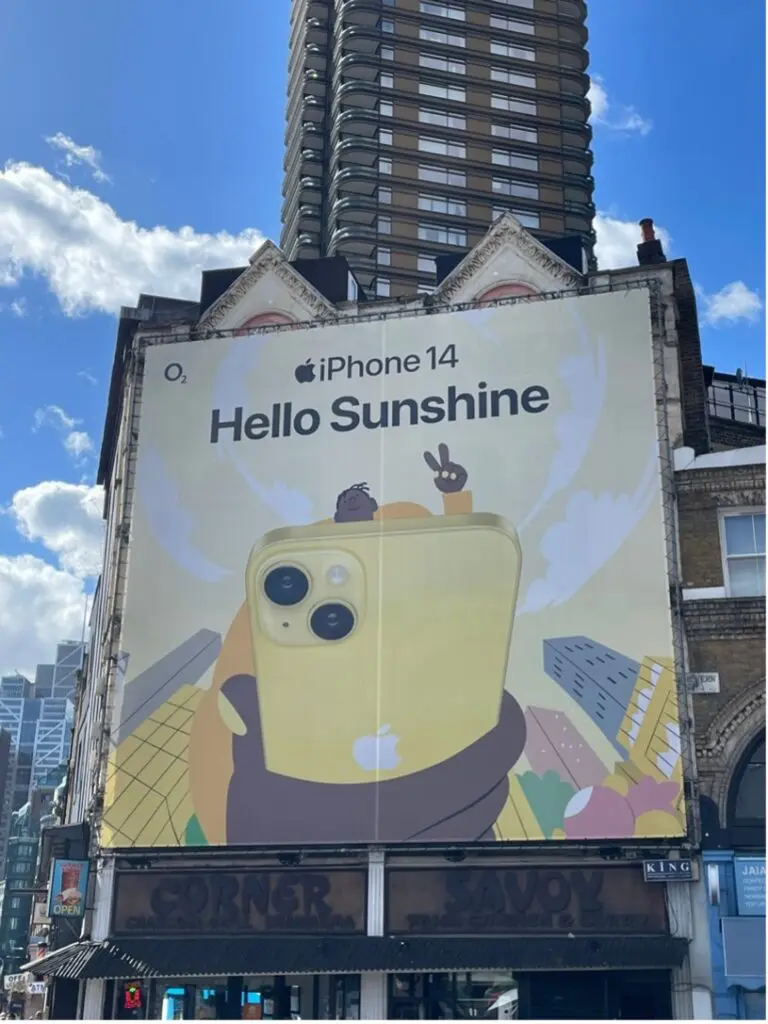
Zoomer-focused, creatively stylised beauty brands are also deliberately targeting non-binary audiences. TOOD Beauty and Crete nail polish both expressly market themselves towards all genders, using models of ambiguous gender and graphic design radically departed from traditional feminine beauty brands.
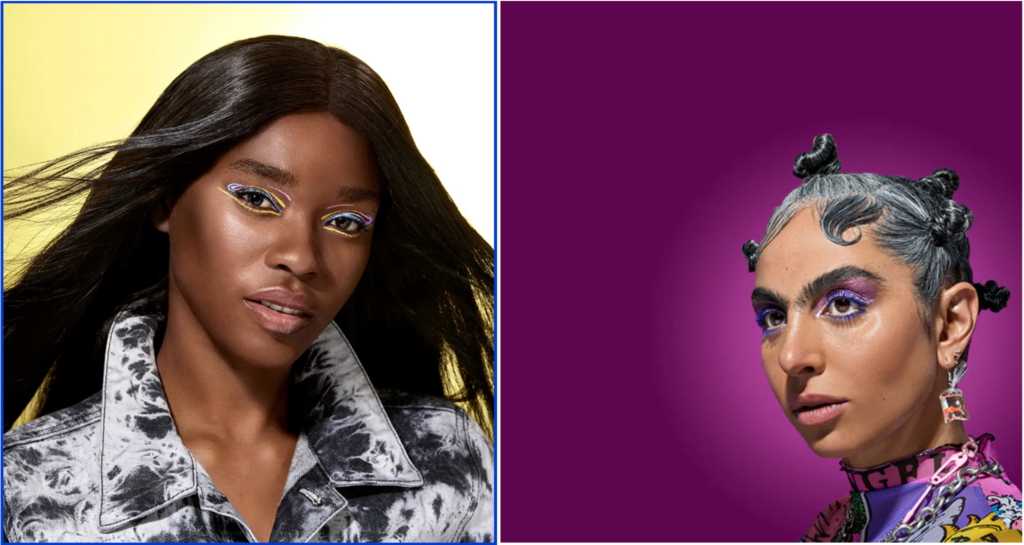
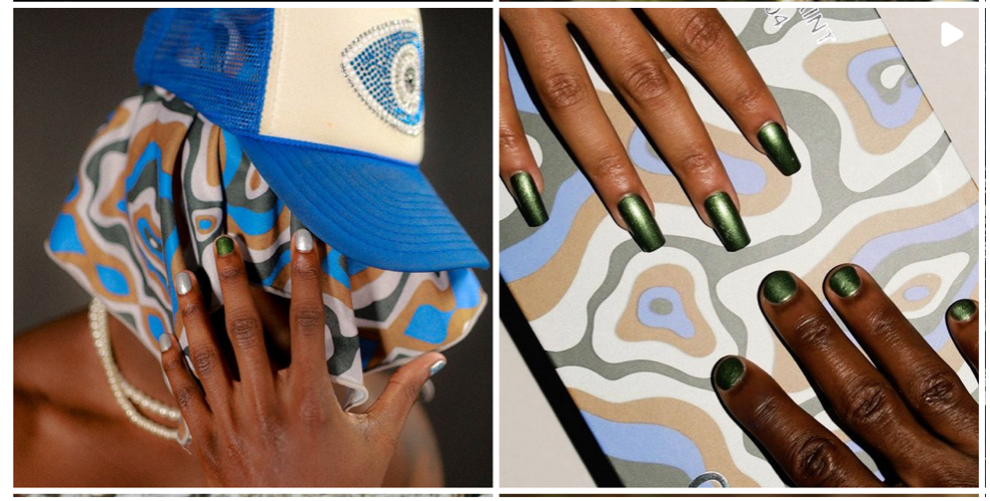
Brands need to start considering their approach to non-binary inclusion today to stay relevant and appropriately positioned for emerging cultural developments in gender.


